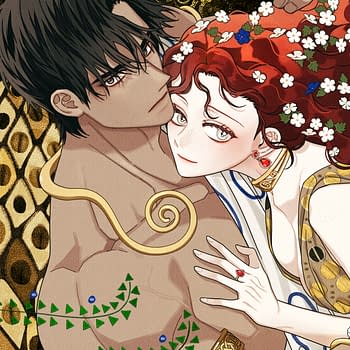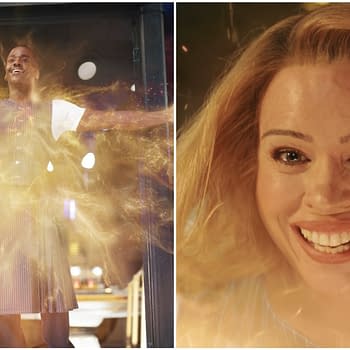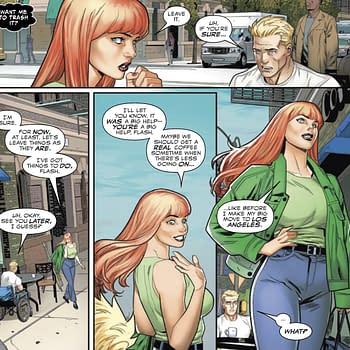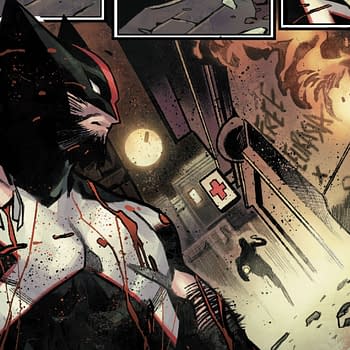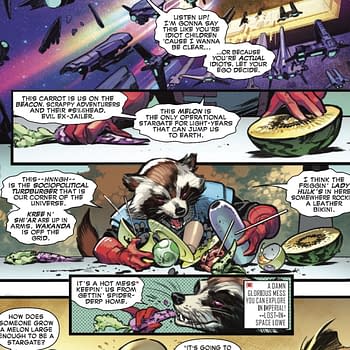Posted in: Comics, Manga, Review, Viz Media | Tagged: Comics, manga, Review, Venus in the Blind Spot, viz media
Venus in the Blind Spot: Junji Ito has Fun With his Horror Influences
Venus in the Blind Spot is the latest collection of short stories by horror manga master Junji Ito. Viz Media gave him the deluxe treatment with a gorgeous hardcover collection that includes colour pages. There's no commentary on the stories, but the selection is actually a tour of Ito's mind as they reveal his influences and how they make him choose horror subjects.
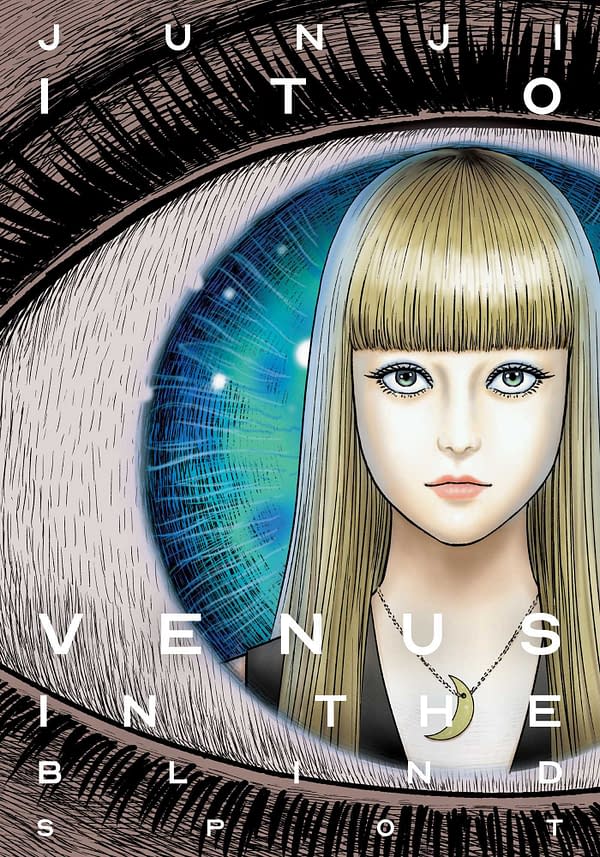
The collection features several adaptations that reveal Ito's influences think seem to determine his thinking. His telling of Edogawa Rampo's "The Human Chair" pushes the fetishistic creepiness of the original short story. Rampo's "An Unearthly Love" features a bride discovering what her creepy husband has been cheating on her with a doll that might be haunted. "Master Umezz and Me" has Ito talking about master of horror manga Kazuo Umezz' influence on him and turns his encounter with the famously eccentric Umezz into another Ito monster story. It's a surreal in-joke where Umezz is portrayed as another of Ito's weird, creepy monsters. Umezz would probably have been flattered at the portrayal.
Junji Ito Gets Meta
Reading the adaptations and the Umezz story is a peek into the stories and ideas that informed Ito's thinking in how he creates horror stories. "Venus in the Blindspot" is an Ito original about a society of UFO geeks who become convinced the girl who runs the club is an alien because she's turning invisible. That only makes them lust after her even more and things don't go well. There's also a Lovecraftian fear of female sexuality in Ito's stories though it's hard to tell if it's genuine or just a trope he likes to put in his stories. "The Licking Woman" features a grotesque, creepy monster woman who stalks the streets licking people with her monstrous boil-infested tongue, which results in them developing ugly skin rashes like a venereal disease that kills them. "How Love Came to Professor Kirida", an adaptation of a short story by Robert Hitchens, is about a pompous, misanthropic academic who becomes haunted by the ghost of the woman he rejected who won't take 'no' for an answer.
A Joyride of Lovecraftian Cosmic Horror
Ito's stories are usually about ordinary life disrupted by the discovery of something dark, surreal and horrific that upends the status quo. It's a deeply gnostic view of the world that insists there's secret knowledge, another secret layer to the world underneath what everyone takes for granted as normal reality. It's also Lovecraftian – when that secret world erupts, humanity may not survive its merciless onslaught. By the time people realise what's happening, it's too late. No one is immune, no one can resist. It's a pessimistic view of humanity as helplessly impulsive. In "Billions Alone", dead bodies are discovered sewn together with thread. An antisocial shut-in watches the panic grow when the crisis hits people who gather together. He seems suited to survive this apocalypse, but at what cost? "The Enigma of Agihara Fault" long a favourite amongst Ito's fans, is one of the most Lovecraftian of his stories, features a mysterious mountain full of people-shaped holes that call to the people they're molded after. There's no explanation for how the holes came to be, only that people are compelled to squeeze into the holes and squirm deep inside the mountain to their doom.
Ito's stories feature a high-concept horror gimmick that messes people up. They often delve into body horror, fluids and madness, but they're also a step away from being slapstick comedy. The horror gimmicks themselves feel gleefully like fetishes and often so surreal and absurd they might be comedies. You almost want to laugh at how crazy they are. Ito often treads the fine line between horror and comedy and you wonder if Ito is daring the reader to laugh. Either way, this collection is everything a horror and Ito fan could ask for, gleeful horror with a cosmic sense of craziness.





